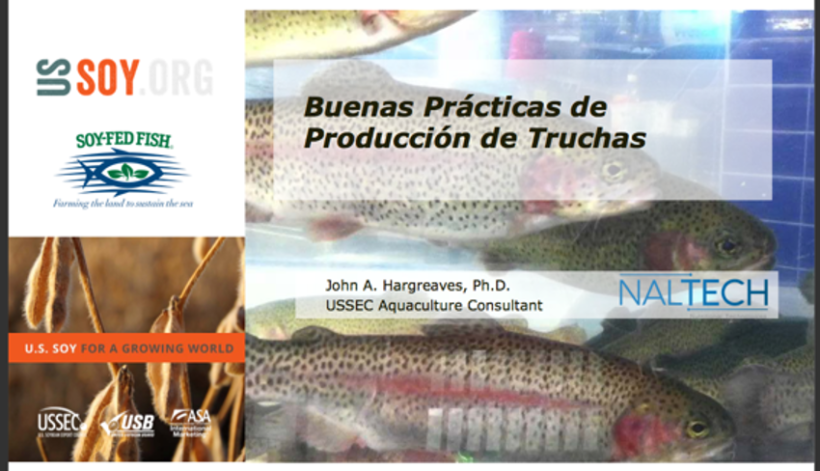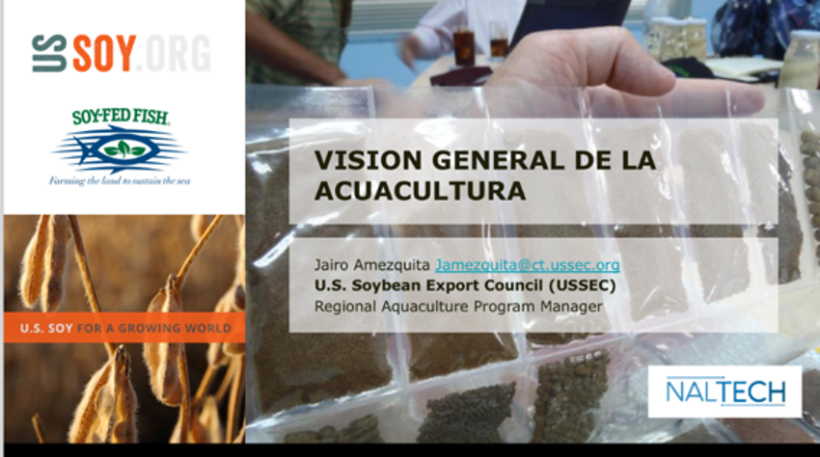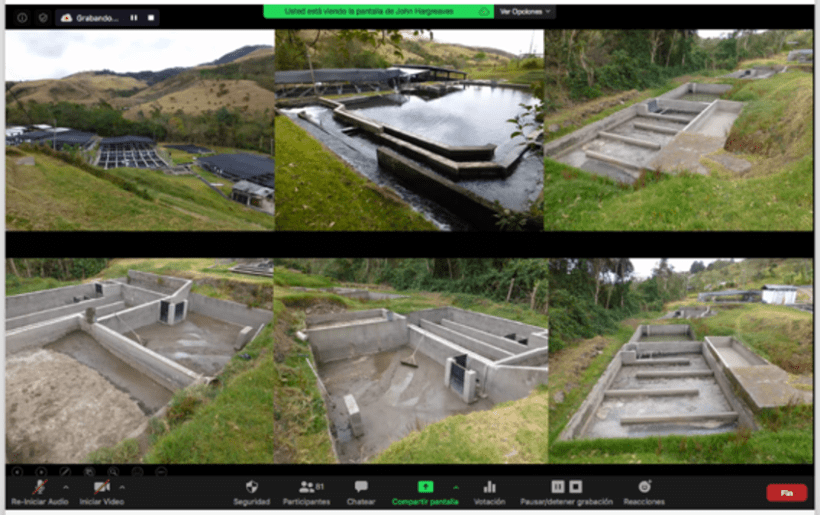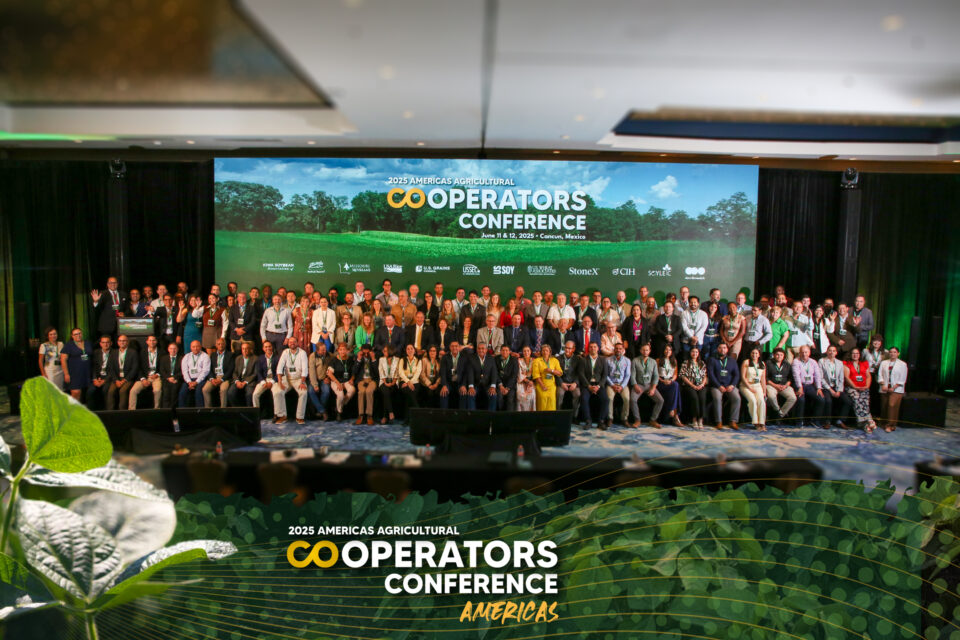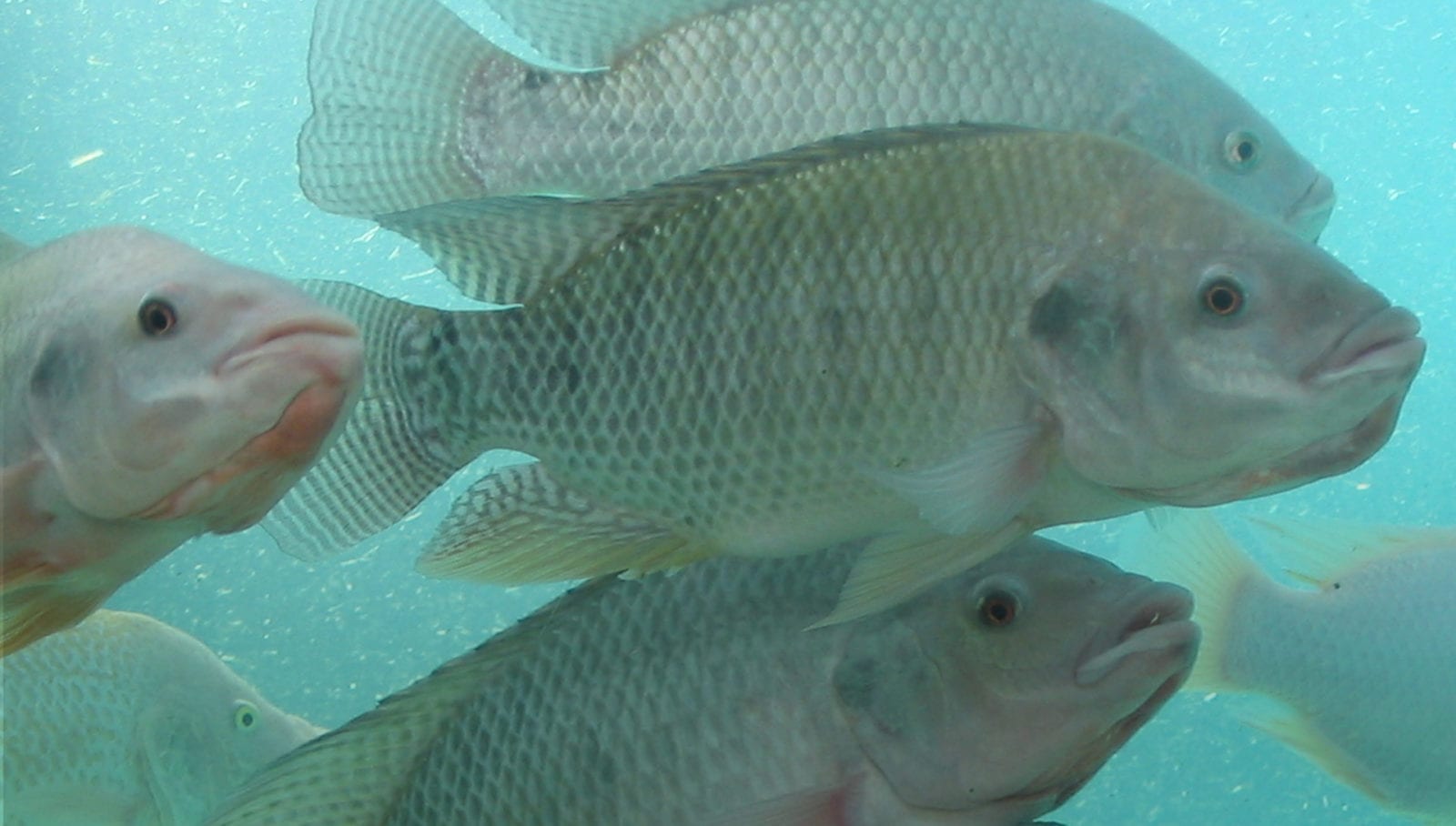
USSEC used a teleconferencing approach to train Peru trout producers who are interested in the Recirculation Aquaculture System (RAS) as an alternative to improve current production levels sustainably, using best aquaculture practices demanded by this system.
During the session with this target audience, USSEC worked with customers from NALTECH, a Peruvian aqua feed mill via Zoom. More than 80 people including owners, technical managers, operators, and personnel from the feed plant’s technical and commercial areas, were connected with USSEC consultants Dr. John Hargreaves and Jairo Amezquita to learn about this technology and review details for its implementation. Peru’s trout production reached more than 50 thousand tons in 2019, demonstrating good potential for U.S. Soy. USSEC appreciates the industry’s interest in its constant search for efficiency, sustainability, and profitability despite the difficult situation that the world and the aquaculture industry is going through. After the session, several producers showed considerable interest in this technology, requesting support from the USSEC consultants to increase their knowledge.
USSEC will continue providing remote support until there is an opportunity to return to the field, preparing training meetings that will allow producers to be more certain of the technology and verify the economic benefits. The session was also attended by trout producers at Lake Titicaca who are very interested on improving their technical capabilities for increasing production levels in cages.
The main recommendations from this session with Peruvian trout farmers are as follows:
- The load capacity is directly related to the water flow multiplied by the concentration of dissolved oxygen. This can be doubled (or more) with oxygenation
- Limit the density during fattening to 60 kg/m3 for good well-being
- Operate raceways with:
- load of 5-10 kg/LPM
- 4-6 exchanges per hour
- a current speed of 3 cm/sec
- Use sedimentation decanters to reduce the discharge of organic matter and nutrients into the environment
- Use indicators to monitor the effects of fish farming activities on trout welfare
USSEC will continue supporting the sustainable growth of the aquaculture industry around the world as a source of animal protein production.
